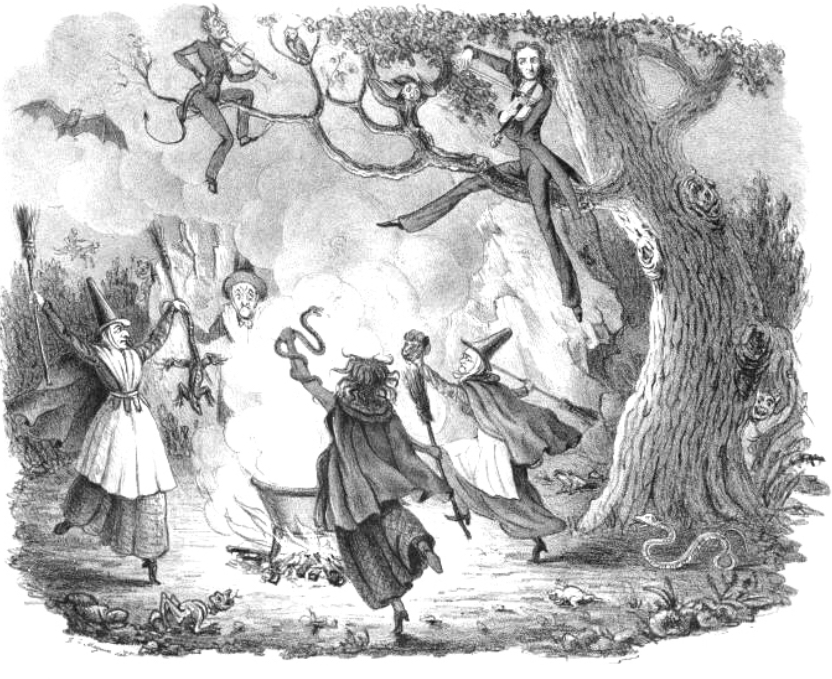
In February 1634, a trial took place at Lancaster Assizes. Twenty people had been arrested on suspicion of witchcraft, and seventeen were found guilty.
Twenty-two years earlier, the notorious Pendle witch trials took place, leading to the deaths of eleven people.
So why aren’t the trials of 1634 as infamous as those in 1612? The story is a particularly strange one.
In November 1633, a ten-year-old boy was late home, bedraggled and dirty. When he was scolded by his parents, he told them an unsettling story. He had been collecting berries when he came across two greyhounds. Being a playful young boy, he tried to make them chase a hare, but they wouldn’t – in fact, they began to transform. One became a woman, the other a boy. As Edmund watched in horror, the woman turned the boy into a horse. She grabbed him and put him on the horse, and they cantered to Hoarstones.
When they arrived, they entered a barn which was filled with witches – about sixty, according to Edmund. There were ropes hanging from the ceiling. The witches pulled them and the most incredible food rained down upon them. Edmund was terrified about what would happen to him, so he ran away.
That wasn’t the end of his adventures. On his way home, he met a boy with cloven hooves and they got into a fight. That’s why he was so disheveled.
Astonishingly (or not, as we will find out later), Edmund’s parents believed this account. His father took him on a three-month tour around the local area. Edmund would visit the churches and point out any witches in the congregation that he recognised from his frightening experience. By February, twenty people were arrested and the trial began.
Child testimony in witchcraft trials was an accepted form of evidence. This came from the Pendle Witch Trials in 1612, where the star witness was a nine-year-old girl called Jennet Device. Based on this precedent, the magistrates were happy to accept Edmund’s evidence and the evidence of many local people who came forward.
Of the twenty people who had been arrested, seventeen were found guilty. Here is where the story becomes even stranger. One of those convicted was called Jennet Device. Was it the same Jennet Device from the Pendle witch trials? No one knows for certain, but her age was right, her name was right and the location was right. It may very well have been the same person.
Had these seventeen people gone to the gallows, these would have surely become the most infamous witch trials in England. Fortunately, times had moved on since 1612 and there was enough scepticism about Edmund’s account for a re-examination to take place. In July 1634, before a Justice of the Peace named George Long, Edmund admitted that he had made the whole thing up to avoid punishment from his mother.
Not only this, but it was later discovered that Edmund’s father had been blackmailing local women. Those who didn’t pay would be ‘uncovered as witches’ by Edmund.
The seventeen people were acquitted. Unfortunately, though, it is unlikely to have been a happy ending. At that time, it was a requirement to pay for your time in prison and if you couldn’t pay, you had to stay. It’s unlikely that most of those arrested would have been able to pay the fees, and records from Lancaster Gaol show that Jennet Device was still residing there in 1636.
Was that the end to child testimony in witchcraft cases? In England, yes, mostly. Overseas? No. The precedent of using child testimony made its way to America, and was used during the Salem witch trials.
Thank you for reading. The story of Jennet Device and the Pendle witch trials features in my novel, The Hellion.
